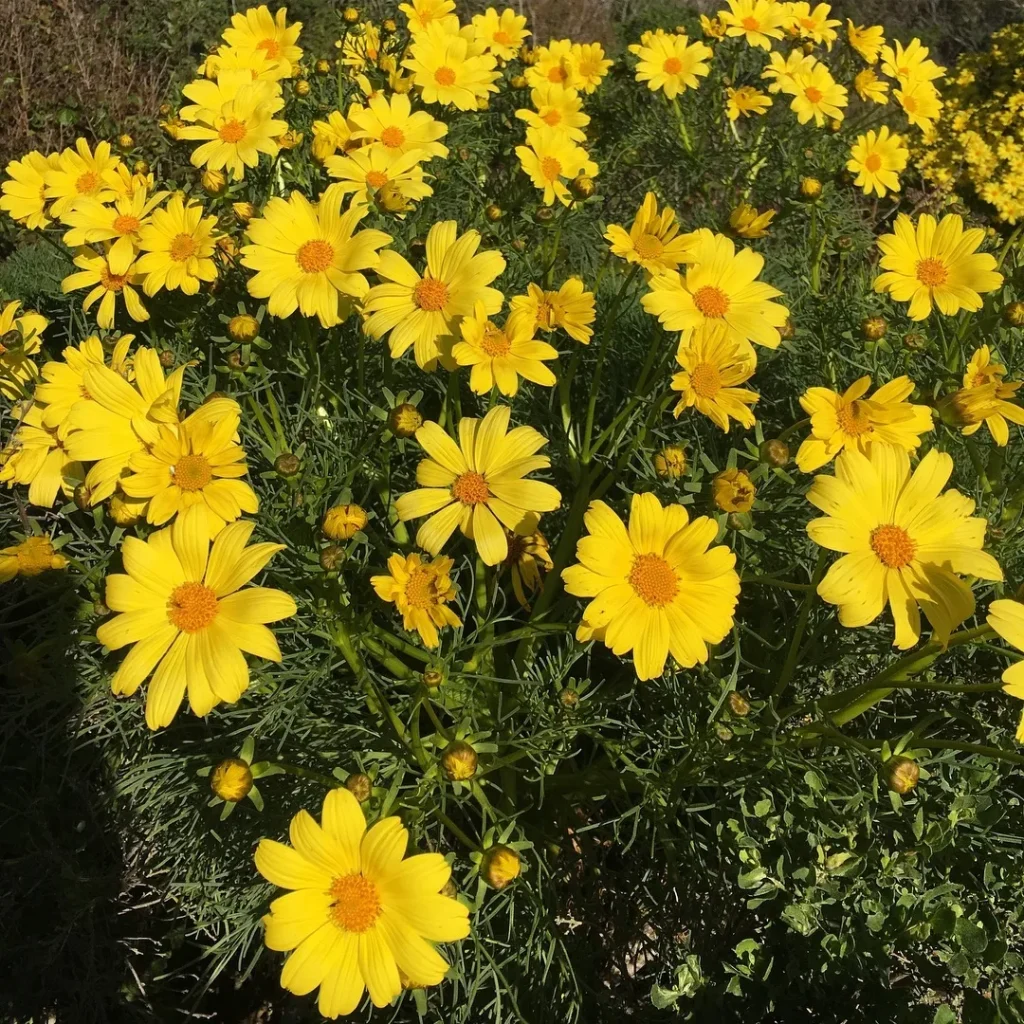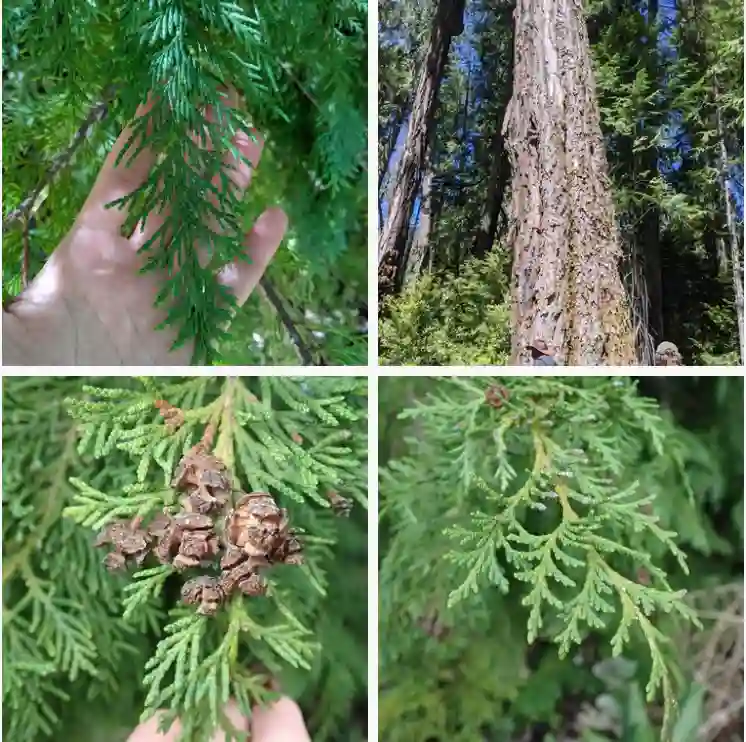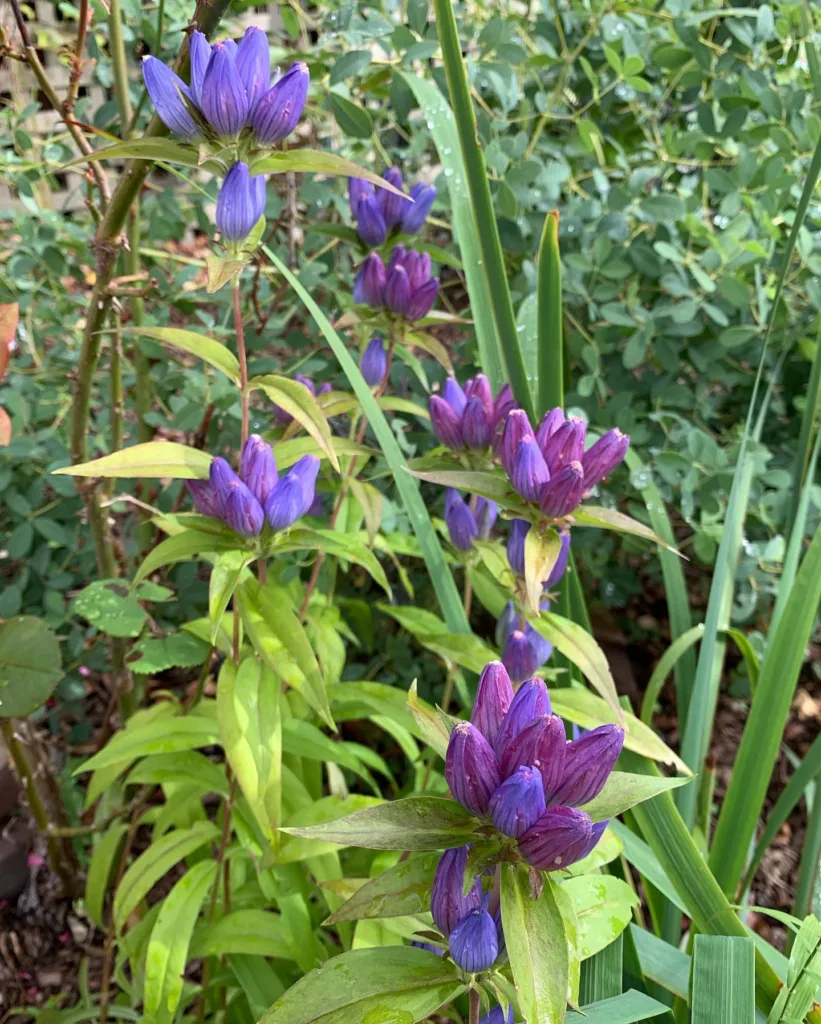What is Umbrella Magnolia?
The gentle hum of bees filled the air as I stood beneath the majestic canopy of my Umbrella Magnolia (Magnolia tripetala). Its massive, glossy leaves, clustered at the branch tips like an open umbrella, cast dappled shade on the ground. Each year, this magnificent tree erupts in a breathtaking display of fragrant, white blooms, a true centerpiece of my garden. But the Umbrella Magnolia offers more than just stunning beauty; it’s a resilient native tree with a fascinating history.
The Umbrella Magnolia boasts an ancient lineage, predating even the rise of the dinosaurs. These flowering giants were some of the first plants to grace the Earth, and their presence in my garden connects me to a bygone era. Native to the eastern United States, specifically the Appalachian Mountains, Ozarks, and Ouachita Mountains, the Umbrella Magnolia thrives in the humid summers and mild winters of my region.
371 Species in Genus Magnolia
Magnolia tripetala vs macrophylla
Magnolia tripetala has been a standout in my garden with its large, umbrella-like leaves that create a lush, tropical feel. Magnolia macrophylla, on the other hand, impressed me with its even larger leaves and massive, fragrant flowers that bring a dramatic presence to the landscape.
How to plant Umbrella Magnolia?
If you’re considering adding this fragrant giant to your own landscape, here’s what you need to know. Umbrella Magnolias prefer well-drained, slightly acidic soil. Find a spot with full sun to partial shade, sheltered from strong winds that can damage the large leaves. Planting is best done in the fall or early spring, allowing the roots to establish before the summer heat arrives. Once established, they require minimal care, needing only occasional watering during extended dry spells.
What pollinates Magnolia tripetala?
Unlike many modern flowers, Umbrella Magnolias lack showy petals to attract pollinators. Instead, they rely on a strong, sweet fragrance to entice their partners – beetles! These fascinating creatures are perfectly adapted to navigate the large, bowl-shaped flowers, their bodies dusted with pollen as they forage for nectar.
How to harvest the seeds of a Magnolia tripetala?
Patience is key! The fruit of the Umbrella Magnolia takes several months to mature, transforming from a cluster of green cones into a rosy-red, fleshy cone-like structure. Once the cone splits open, revealing the bright red seeds dangling on red threads, it’s time to harvest. Carefully collect the seeds and remove the fleshy red outer layer. Dry them for a few days in a cool, well-ventilated area before storing them in a sealed container in your refrigerator for stratification (exposure to cold temperatures) for several months before attempting germination.
Propagating Your Umbrella Magnolia
Propagating Umbrella Magnolias from seed can be a rewarding experience, but it requires a bit of patience. The germination process can be slow and erratic. Alternatively, you can propagate your tree through stem cuttings or grafting, though these methods require more skill and experience.
A Fragrant Companion for Your Garden
The Umbrella Magnolia is a versatile addition to any garden. Plant it as a stunning specimen tree, a focal point in a border, or even create a living screen with multiple trees spaced several feet apart. Its large leaves provide excellent shade in the summer, while the fragrant blooms add a touch of elegance to the landscape.
Beyond Beauty: A Sustainable Choice
The Umbrella Magnolia is not only beautiful but also an eco-friendly choice for your garden. Native plants support local ecosystems by providing food and shelter for pollinators like beetles and bees. Additionally, Umbrella Magnolias are relatively disease and pest-resistant, requiring minimal use of pesticides, making them a sustainable landscaping option.
With its captivating fragrance, historical significance, and ecological benefits, the Umbrella Magnolia has become a treasured resident of my garden. It’s a testament to the enduring beauty of nature and a constant reminder of the delicate balance of our ecosystem.
If i die, water my plants!



